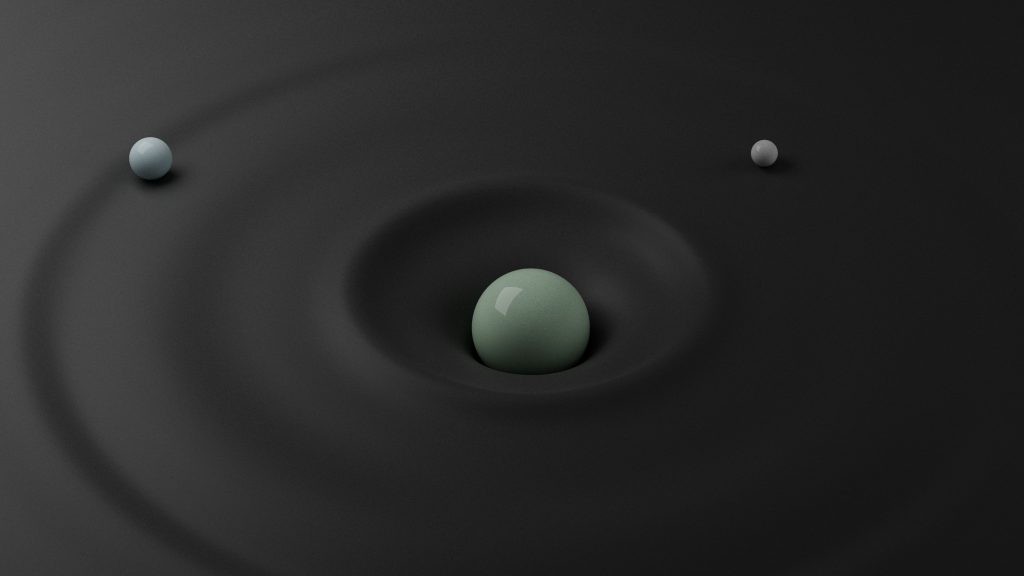In the realm of modern science, the pursuit of understanding the fundamental nature of reality has led to remarkable advancements in various disciplines. Among the most fascinating and challenging areas of study are the interactions between quantum computing and gravity measurements. While seemingly distinct, these fields are intertwined in ways that continue to captivate researchers and push the boundaries of human knowledge.
Interweaving Threads: Quantum Physics Meets Gravity Measurements
At the forefront of scientific exploration, researchers are beginning to explore the intriguing connections between quantum physics and gravity measurements. The marriage of these two realms offers insights into the fundamental nature of the universe and may lead to a more comprehensive theory that unifies quantum mechanics and gravity—something that has eluded scientists for decades.
Quantum effects become more pronounced in extreme conditions, such as near black holes or during the universe’s early moments. Therefore, understanding quantum behavior in gravitational contexts can provide vital clues about the behavior of matter and energy in these extreme environments. These insights could also help physicists better understand the origins of many aspects of our universe.
Furthermore, the marriage of quantum computing and gravity measurements holds the potential to revolutionize our approach to solving complex gravitational equations. Quantum computers could simulate the behavior of particles in strong gravitational fields more accurately and efficiently, contributing to the advancement of gravitational wave detection and the study of black holes.
Additionally, recent research has shown that quantum entanglement can reduce environmental noise in quantum interferometers, a type of quantum sensor that could greatly impact the future of measuring gravitational waves at even smaller levels. This could help with natural disaster mitigation, such as in cases of earthquakes or landslides, saving hundreds, if not thousands, of lives.
From government agencies like NASA or NIST to commercial companies like Q-CTRL, all of which are developing quantum sensors for applications like timekeeping, gravitational wave detection, or even telecom, research in quantum entanglement could significantly accelerate the creation of these next-generation sensors.
The Quest Continues
As our scientific understanding deepens, the synergies between quantum physics, quantum computing, and gravity measurements become increasingly evident. The ongoing research in these fields not only expands our knowledge but also paves the way for groundbreaking technologies and applications that were once considered the stuff of science fiction.
While many questions remain unanswered, the intersections of these disciplines underscore the beauty and complexity of the universe we inhabit. As researchers delve into the intricate interplay between quantum phenomena and gravitational forces, we can anticipate a future where our understanding of reality is refined and expanded, reshaping how we view the cosmos and our place within it.
Kenna Hughes-Castleberry is a staff writer at Inside Quantum Technology and the Science Communicator at JILA (a partnership between the University of Colorado Boulder and NIST). Her writing beats include deep tech, quantum computing, and AI. Her work has been featured in Scientific American, New Scientist, Discover Magazine, Ars Technica, and more.
